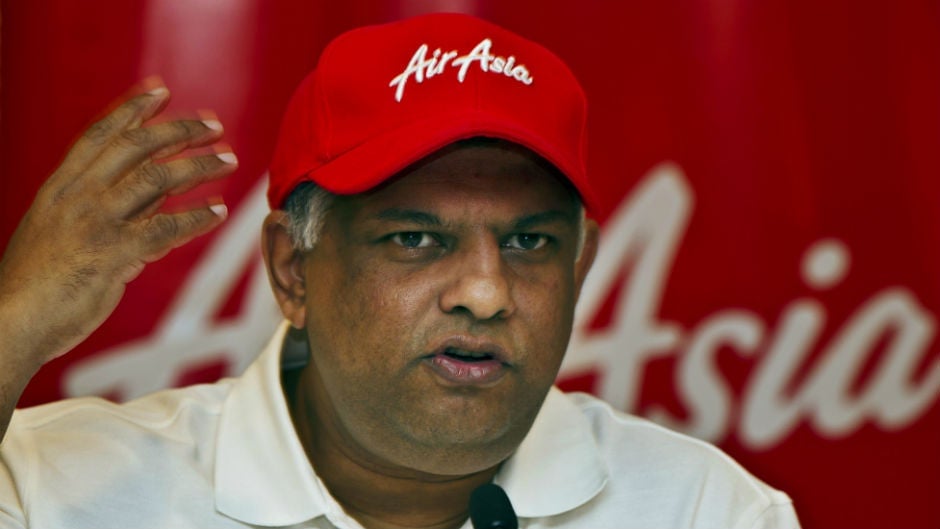Here’s how AirAsia’s CEO is handling his airline’s first major crisis
“This is my worst nightmare,” tweeted AirAsia Group CEO Tony Fernandes, as he led his young airline’s response to the disappearance of AirAsia flight QZ8501 Sunday morning.


“This is my worst nightmare,” tweeted AirAsia Group CEO Tony Fernandes, as he led his young airline’s response to the disappearance of AirAsia flight QZ8501 Sunday morning.
The plane, an Airbus A320, was on its way from the Indonesian city of Surabaya to Singapore when it lost contact with air-traffic controllers early Sunday morning. There were 162 people on board.
Fernandes quickly rallied his staff.
The low-cost airline, which has headquarters in Malaysia, took to social media with frequent updates about the situation, changing the signature red of its logo to grey on its website and social platforms.
Its charismatic CEO, Fernandes, who bought the carrier in 2001 for less than $1, transforming it from a failing enterprise into a multi-billion dollar aviation success story, tweeted messages of support and provided details about the company’s steps in handling the tragedy.
Fernandes, a former music industry executive, is often compared to flamboyant Virgin Group boss Richard Branson, with a similar flair for publicity and marketing. Forbes listed him as the 28th richest man in Malaysia, putting his worth at $650 million.
At a press conference in Subaraya, Fernandes, said that the company would focus its efforts on the families of the missing.
Along with Indonesian officials, Fernandes also assured the families waiting anxiously at the airport that everything possible was being done to find the missing plane.
The search and rescue mission, which had ships and aircraft looking for signs of the missing plane in Indonesian waters, was suspended at nightfall, and is to be resumed Monday morning.
Fernandes urged at the press conference not to speculate about the reasons for the plane’s disappearance. “We have no idea at the moment what went wrong.” In its statement, however, the carrier said the aircraft requested a deviation in its path “due to enroute weather.”
The plane’s disappearance capped a disastrous year for the airline industry in Asia, with first the disappearance of Malaysia Airlines 370 in March over the South China Sea and in July, the tragedy of the same airline’s flight 17, when pro-Russian rebels in Eastern Ukraine shot it down, killing nearly 300 people.